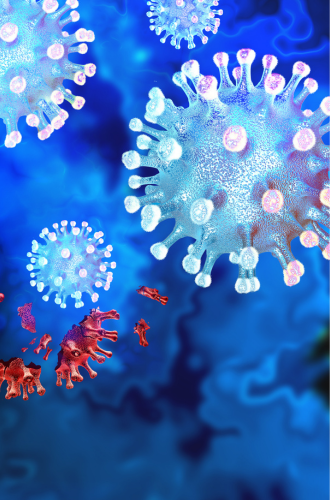
June 23, 2023
PLOS One
“The COVID-19 pandemic is the first to be rapidly and sequentially measured by nation-wide PCR community testing for the presence of the viral RNA at a global scale. We take advantage of the novel “natural experiment” where diverse nations and major subnational regions implemented various policies including social distancing and vaccination at different times with different levels of stringency and adherence. Initially, case numbers expand exponentially with doubling times of ~1–2 weeks. In the nations where interventions were not implemented or perhaps lees effectual, case numbers increased exponentially but then stabilized around 102-to-103 new infections (per km2 built-up area per day).
Dynamics under effective interventions were perturbed and infections decayed to low levels. They rebounded concomitantly with the lifting of social distancing policies or pharmaceutical efficacy decline, converging on a stable equilibrium setpoint. Here we deploy a mathematical model which captures this V-shape behavior, incorporating a direct measure of intervention efficacy. Importantly, it allows the derivation of a maximal estimate for the basic reproductive number Ro (mean 1.6–1.8). We were able to test this approach by comparing the approximated “herd immunity” to the vaccination coverage observed that corresponded to rapid declines in community infections during 2021. The estimates reported here agree with the observed phenomena. Moreover, the decay (0.4–0.5) and rebound rates (0.2–0.3) were similar throughout the pandemic and among all the nations and regions studied. Finally, a longitudinal analysis comparing multiple national and regional results provides insights on the underlying epidemiology of SARS-CoV-2 and intervention efficacy, as well as evidence for the existence of an endemic steady state of COVID-19.”
Back to Library